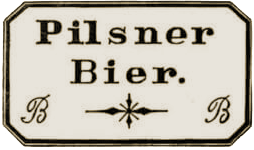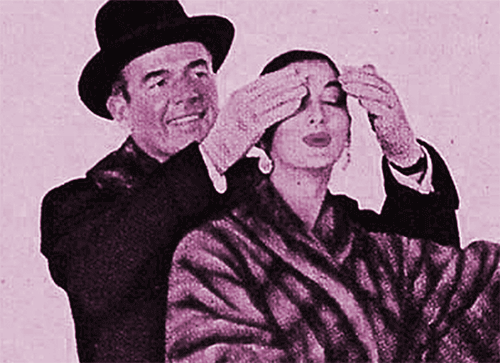How ‘modern’ is your brand?
The role of brands and the way they function is in continuous evolution. Here is a simplified presentation of the five significant stages in the history of the brand as described in Robert Jones: Branding: A Very Short Introduction (2017)
1st stage
Type of ‘brand’: property marks for marking ownership
Short history: when the concept of private property emerged people had to mark their property to show that it was theirs or that they made it.
Focus: to protect ownership
‘Branding’ tools: painted marks, hallmarks, stamps, burned marks (Marks started to be called a ‘brand’ from some time in the sixteenth century.)
Brand ‘experts’: everyone marking their property
2nd stage

Type of brand: product marks guaranteeing quality
Short history: the industrial revolution brought mass production and the new idea was to put a mark on each product. Such a mark indicated that the product could be trusted.
Focus: on brand names and on brand reputations (Good reputation of a brand was usually earned by exceptional quality.)
Branding tools: stamped or printed marks on products and on packaging. By the 1920s the word ‘brand’ was being used in this new sense.
Brand experts: the new breed of artists designed trademarks and packaging design.
Milestone innovation: the registered trademark. In the 1870s design and law joined forces to protect entrepreneurs from their competition copying their goods. The trademark also protected consumers because it enabled them to make conscious purchasing decisions.
3rd stage
Type of brand: enhanced product marks promising pleasure
Short history: at the beginning of the twentieth century mass media entered the scene. Cinema, radio and then TV was added to the media artillery and the creative revolution in advertising could now produce more sophisticated brand messages with powerful emotions. Brands could do more than guarantee quality: they could promise pleasure.
Focus: on attaching sensory pleasures to the brands, but also pleasures of self-image: by purchasing branded products people would look good to others or feel better about themselves.
Branding tools: advertising and public relations
Brand experts: advertising & PR agencies
4th stage
Type of brand: corporations marks inviting to belong
Short history: with the rise of the post-industrial large corporations and the growing power of institutional investors, brands were given a new role to broaden their impact. Brands became corporate brands and could do more than promise pleasure: they could invite all kinds of stakeholders to feel a sense of belonging. By feeling they belong, employees would work harder and consumers would stay loyal for longer.
Focus: on defining the organization’s vision, expressed through visual design and corporate identity systems.
Branding tool: visual design and corporate design systems
Brand artists: design based brand consultants
5th stage
Type of brand: enabling action, participation
Short history: the arrival of Internet changed consumer behavior: with more knowledge and power to act (e.g. by sharing opinions, stories, experiences, and by buying, selling online) brand owners were forced to change their brands to live up to new expectations (which have an increasingly social dimension as well). Promising pleasure or inviting to belong seemed to be less important, they offered consumers a platform on which they could perform action.
Focus: on user experience and participation
Branding tools: define brand purpose, full scale user experience design, brand platforms
Brand artists: strategic brand consultants and service designers
Share on linkedin
Share on twitter
Share on facebook
Let’s Brand
Velvet Hammer Branding © 2020 | Zoltan BALOGH
